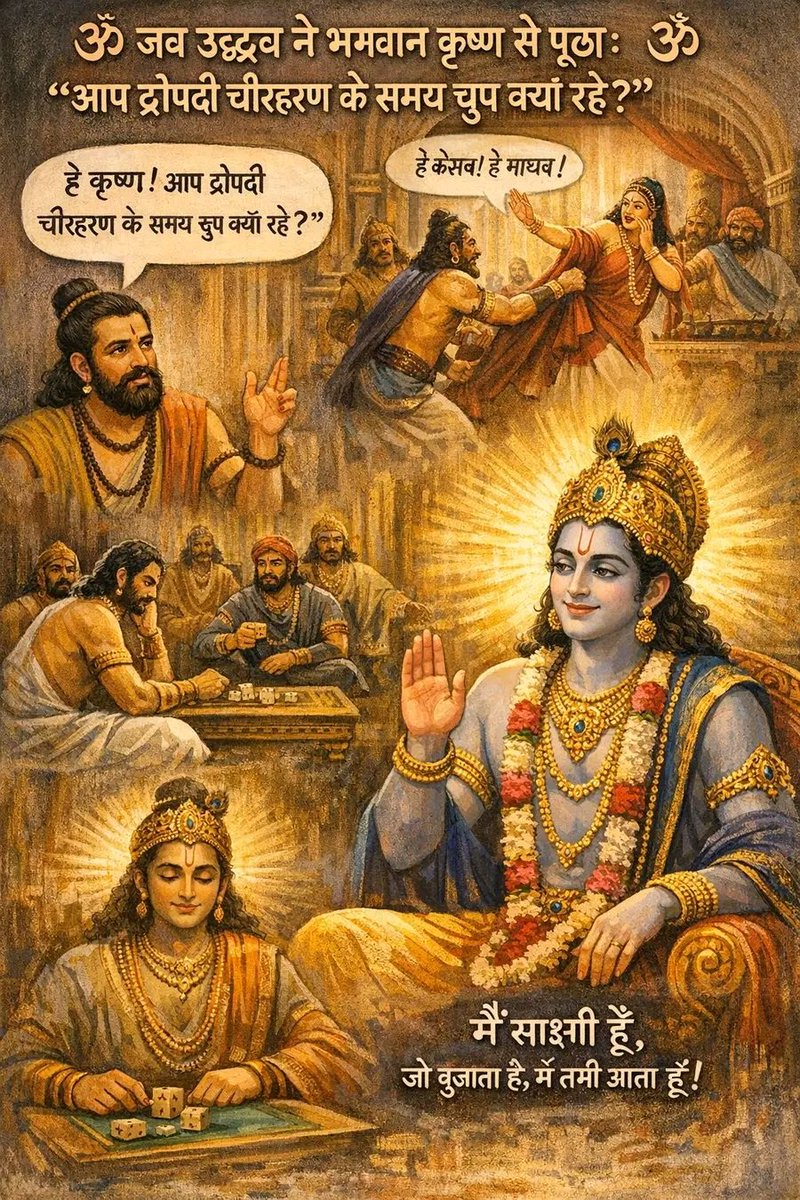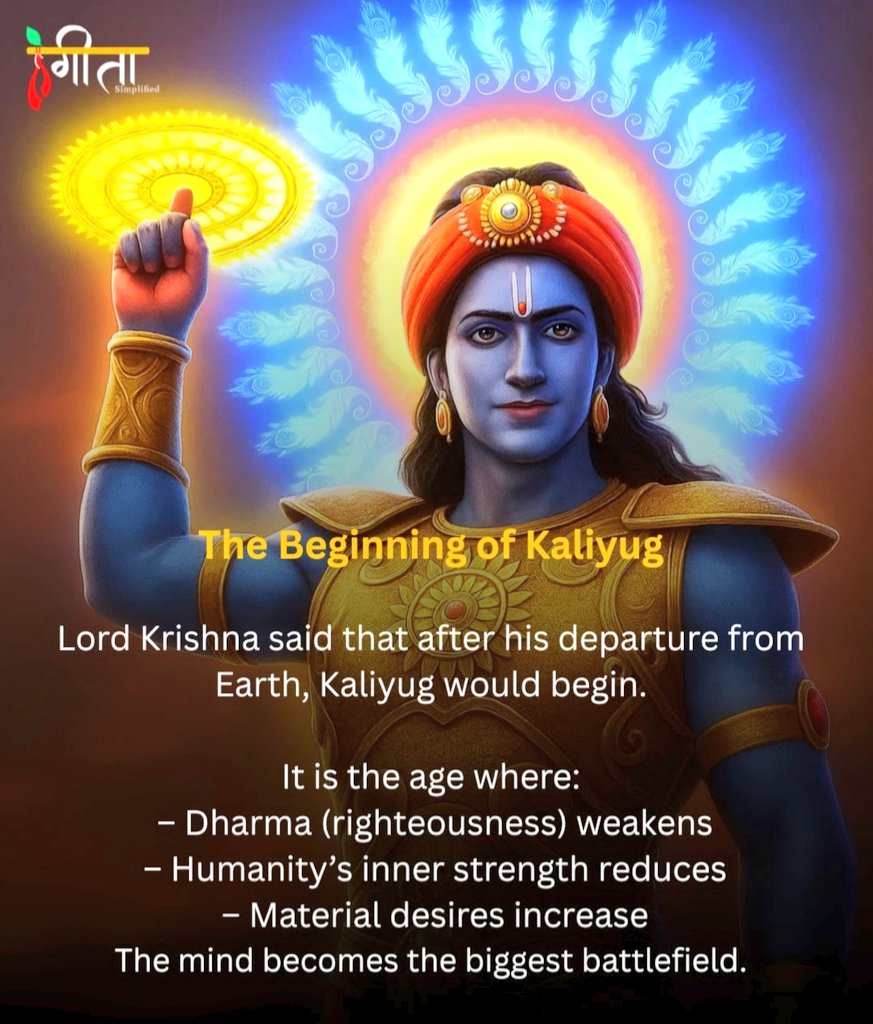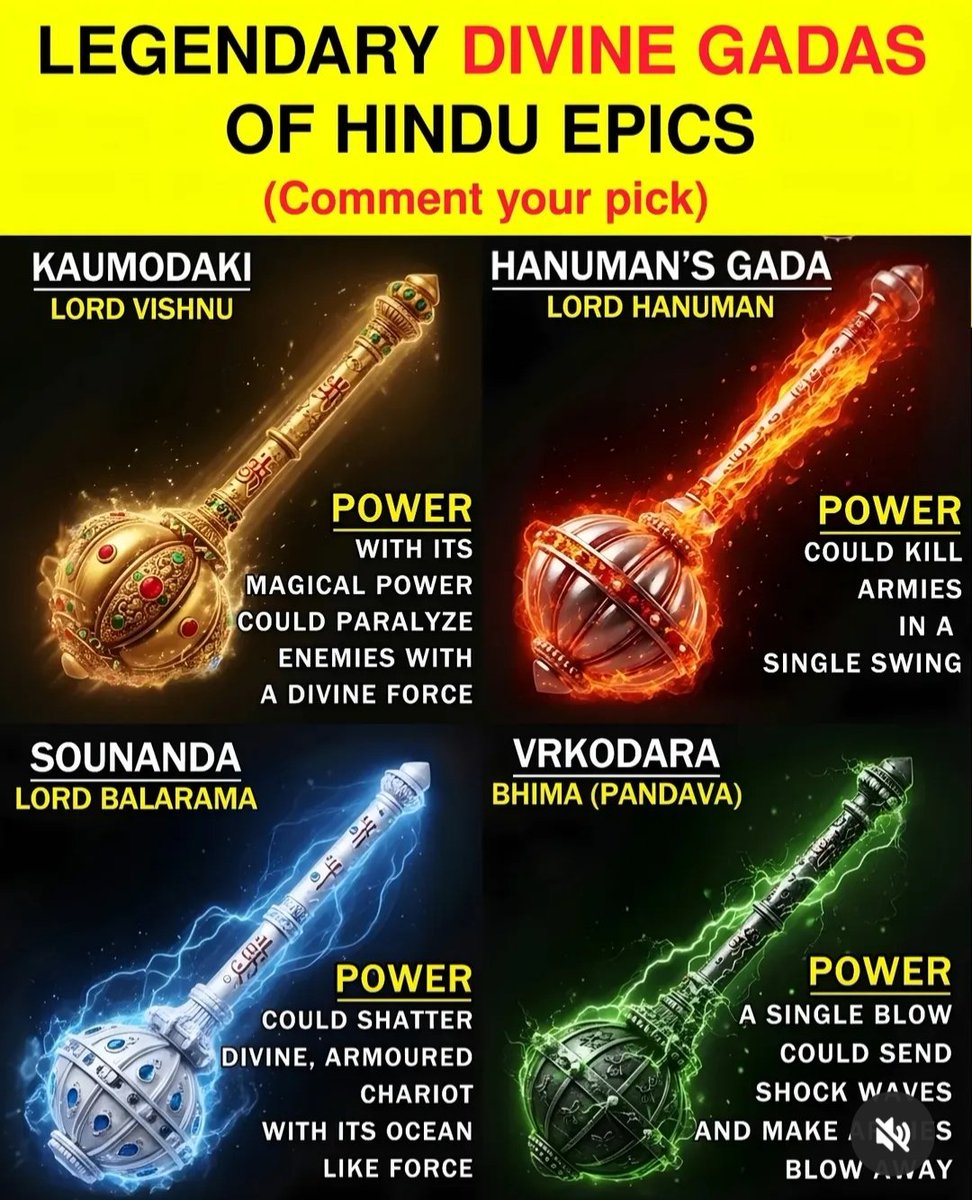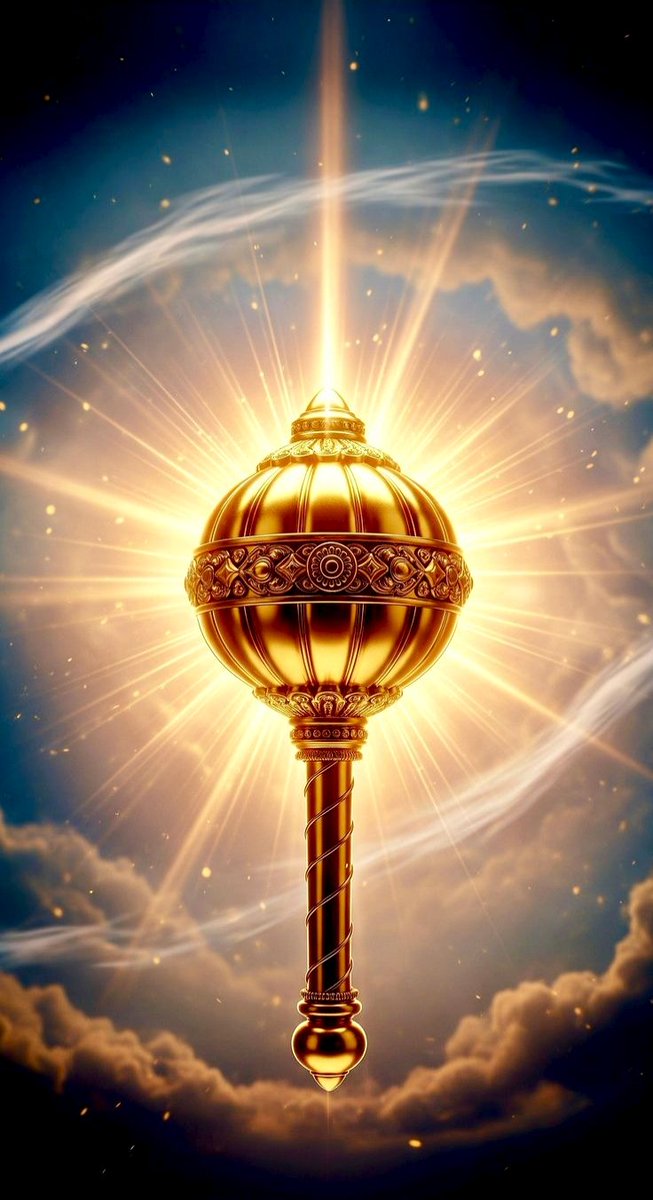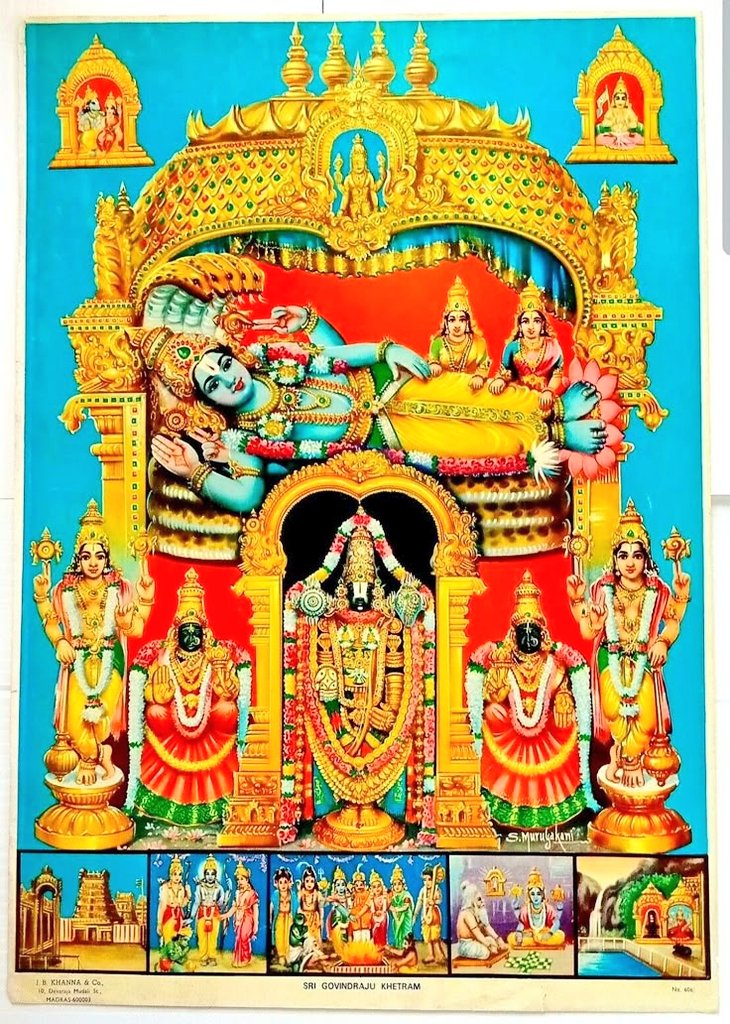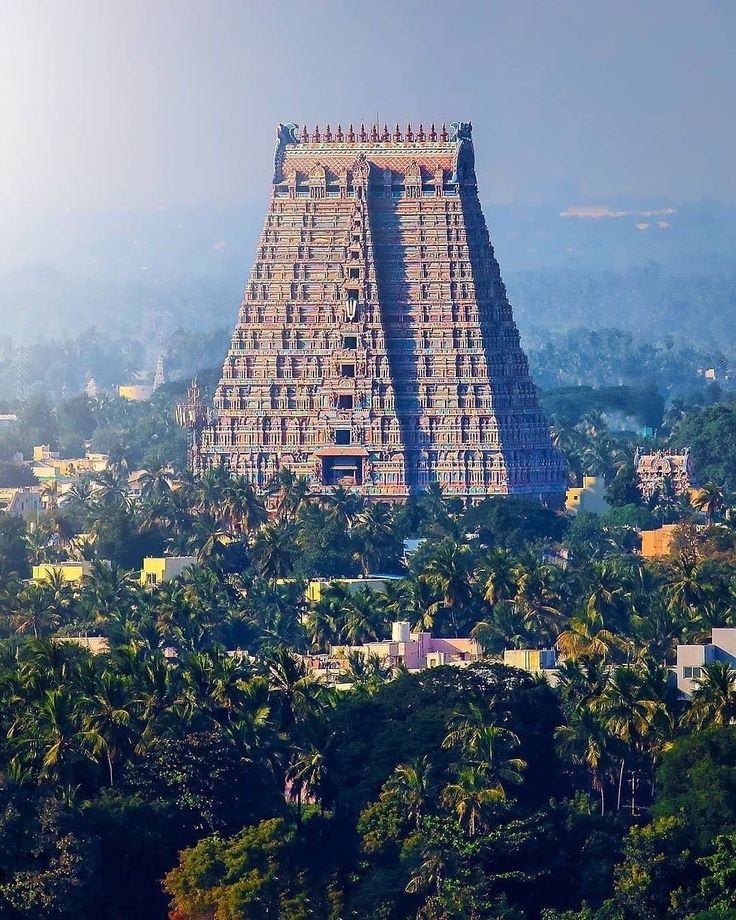Daitya Sudan Temple is located near the Lonar crater – the world’s only salt water lake in basaltic rock, believed to have been caused by a meteorite hitting Earth around 52, 000 years ago. 





It is surrounded by forests with a large variety of birds, particularly peacocks, owls, red-wattled Lapwings and ducks. A number of temples surround the lake, most of which stand in ruins today. 



According to local belief, Lonar derives its name from the demon Lonasura (also called Lavansura). This demon used to harass and trouble the local people so much that Bhagwan Vishnu descended on earth to vanquish him. 





The crater, and the lake that now fills it, was formed when Lonasura was pushed back into the netherworld with tremendous force by Bhagwan Vishnu. 



Some other noteworthy temples nearby are Rama Gaya Temple, Mahadeva Temples, Brahma-Vishnu Temple, Kartikeya Temple, Jain Temple, Vishnu Temples and Shukracharya Observatory 

Originally believed to be a Sun Temple, Daitya Sudan was built in Khajurao style during the Chalukya rule between 6th and 12th century and has an idol that is composed of a stone-like ore with a high metal content. 

There are clear visible evidences of invading Muslim forces who tried to convert this historic Hindu temple into a mosque. Attempts have been made to layer the main gateway of the temple with red bricks in Islamic style. 

The lake water consists of sodium chloride, carbonate and fluoride and is highly alkaline due to perennial streams. A location named Sita Nahani where Sita is believed to have taken a bath has sweet water. 

The other two smaller crates, believed to be pieces of meteorite split from the bigger counterpart are called Ambar and Ganesh. A rare mineral called maskelynite has been found near the crater. 

Today it is surrounded by forests with a large variety of birds and animals such as peacocks, owls, red-wattled Lapwings, ducks, monkeys, lizards, mongoose, fox etc. Many fruit, medicinal and aromatic plants are also known to exist here. 



In fact, it is a haven for scientists, geologists, archeologists, naturalists, astronomers to name a few and offers much more than just being a hot spot for wildlife enthusiasts or religious pilgrims.
• • •
Missing some Tweet in this thread? You can try to
force a refresh


